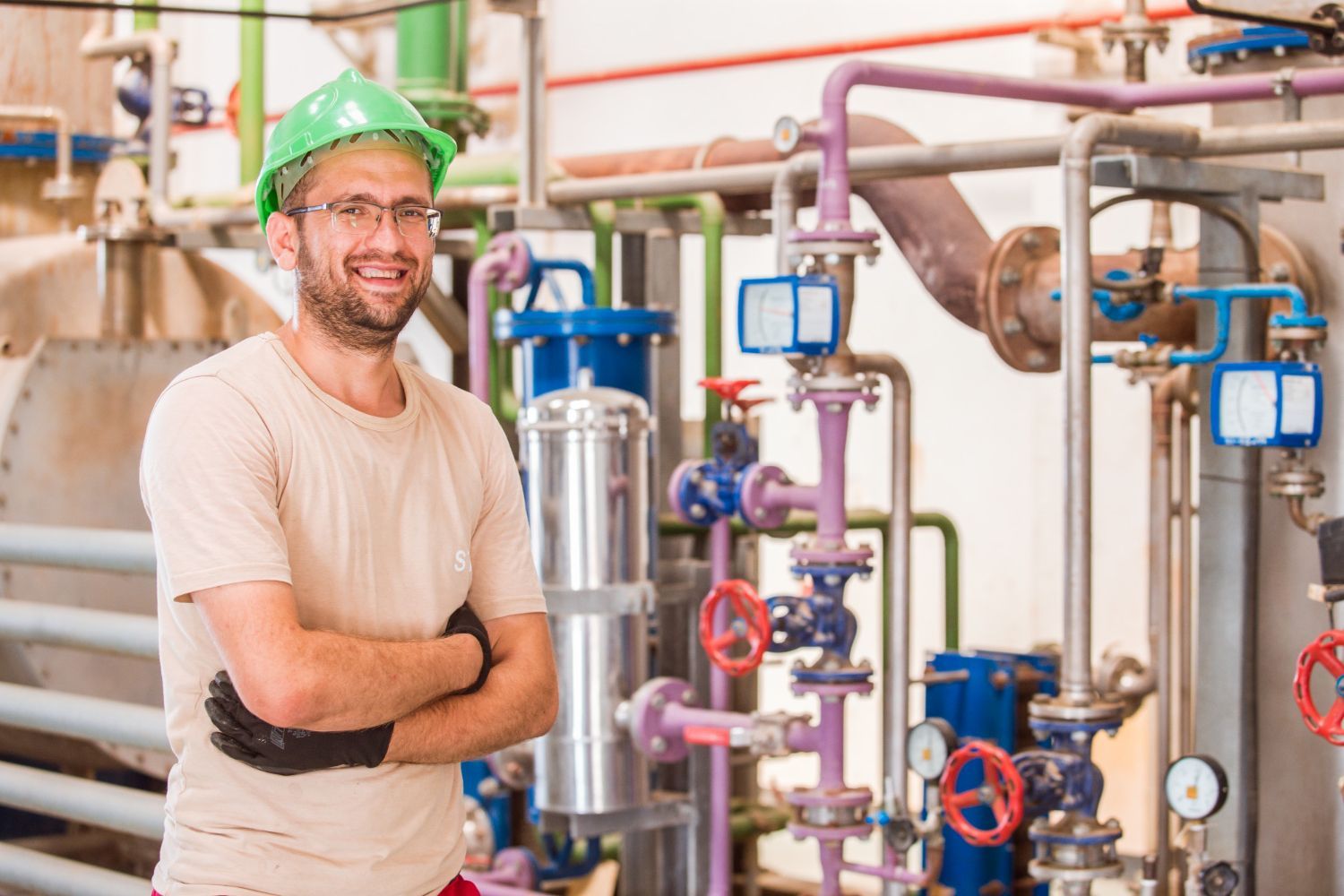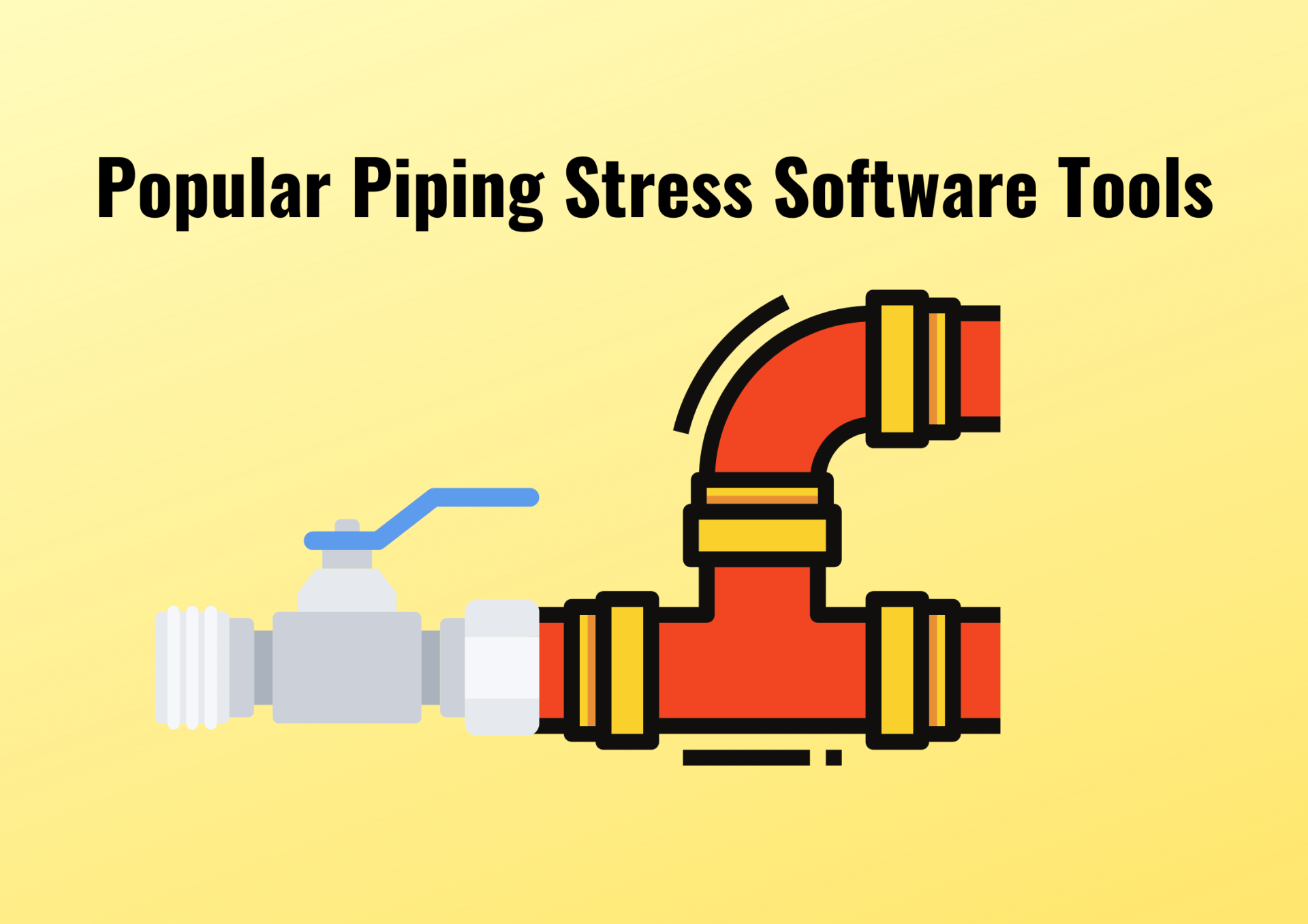Blog
BLOG and ARTICLES

22 Jul, 2023
Pressure vessels are critical components used in a variety of industries for preserving and transporting fluids or gases under extreme pressure. The design of pressure vessels is critical to ensuring structural integrity, operating safety, and long-term reliability. We will go into the major features of pressure vessel design in this thorough guide, including internationally recognized regulations and standards, choice of materials, design factors, and testing techniques. Following Codes and Standards in Pressure Vessel Design To hold and transfer fluids or gases under high pressure, pressure vessels are essential parts utilized across industries. For pressure vessel design to be safe, dependable, and compliant, adherence to internationally recognized rules and standards is essential. Let's explore the main features of these regulations and standards in greater detail: ASME Boiler and Pressure Vessel Code (BPVC): The ASME BPVC , which is widely used both domestically and internationally, offers detailed instructions for the creation, inspection, & testing of pressure vessels. It remains current with the most recent developments. European Pressure Equipment Directive (PED): A variety of pressure vessels are covered by the European Pressure Equipment Directive, which establishes safety standards for pressure equipment on the EU market. The "CE" marking must be complied with by manufacturers. Pressure Equipment Directive (PED): PED 2014/68/EU has taken the place of the previous edition, PED 97/23/EC. Even though they are no longer relevant, making the distinction between the two is important for historical references. Engineers guarantee pressure vessels satisfy safety standards by complying with these norms and standards, which also encourage dependability and adherence to best practices. Pressure vessel design: Material Selection For pressure vessels to resist the high pressures, wide temperature ranges, and corrosive conditions that they may experience, the correct materials must be used. The choice is dependent on variables like pressure rating, temperature restrictions, fluid characteristics, corrosion resistance, and manufacturing needs. Commonly Employed Materials in Pressure Vessel Design: Carbon Steel: Since it is very inexpensive, has high weldability, and has strong characteristics, carbon steel is frequently employed in the building of pressure vessels. It can be used in a wide range of applications with moderate pressures & temperatures. Stainless Steel: Due to its excellent mechanical qualities and strong corrosion resistance, stainless steel is the material of choice for tasks involving corrosive environments or fluids. There are several stainless steel grades that each offer varying degrees of corrosion resistance and strength. Alloy Steels: To improve their mechanical characteristics and corrosion resistance, alloy steels may also contain other elements like chromium, molybdenum, or nickel. Pressure vessels that encounter extreme temperatures and pressures frequently employ alloy steels. Non-Ferrous Metals: Non-ferrous metals like titanium, copper, and aluminum are employed in particular pressure vessel applications because they have special qualities like low weight or excellent conductivity. Design Considerations: Crafting the Perfect Vessel A pressure vessel must be designed with extreme care to ensure structural integrity and top performance. To design a vessel that excels in both functionality and safety, engineers take into account many important criteria. Let's look at the main factors to take into account while designing the ideal pressure vessel: Dimensions, shape, and thickness: It is essential to determine the optimal pressure vessel's shape, thickness, and dimensions to satisfy particular application requirements and retain structural integrity while in use. Rewarding Techniques: The ability of the pressure vessel to endure internal and external forces is improved by using the proper reinforcing techniques, such as stiffeners, skirts, or rings, ensuring stability and longevity. Nozzles, Manways, Supports, and Access Points: The arrangement of nozzles, manways, supports, and access points is strategically planned to facilitate easy maintenance, inspection, and operation throughout the vessel's lifecycle. Vessel Orientation: It is important to evaluate the pressure vessel's orientation to maximize performance and ensure effective fluid flow while still meeting installation and space restrictions. Load distribution: To prevent stress concentrations and to ensure uniform pressure distribution for better safety and longevity, engineers carefully disperse loads across the pressure vessel. The upshot of these design considerations is a well-made pressure vessel that meets the demanding requirements of industrial processes while boasting structural integrity, safety, and effective functionality. Stress Analysis and Finite Element Analysis (FEA): The Path to Structural Integrity A pressure vessel's structural integrity must be guaranteed for it to operate safely and effectively. Engineers use thorough stress analysis to accomplish this with the use of cutting-edge computer technologies like Finite Element Analysis (FEA). Let's examine how FEA is essential to improving the design and functionality of pressure vessels: Finding High-Stress Concentration regions: FEA aids engineers in locating these regions inside the pressure vessel. Designers might concentrate on strengthening or optimizing such regions to reduce the likelihood of failures by locating these important points. Engineers can use FEA to forecast potential failure modes that pressure vessels can undergo under various operating circumstances. This insight enables preventative action to be performed to avoid disastrous results. Design Optimisation: Using FEA, engineers can fine-tune the pressure vessel's design for maximum effectiveness and safety by performing numerous simulations. Finding the best design to survive various stress conditions is made easier with the use of iterative analysis. Mitigating Stress-Related Problems: By providing engineers with insights into stress distribution patterns, FEA enables them to make design changes that reduce stress-related issues like fatigue or deformation. The FEA replicates a variety of working circumstances, such as external forces, temperature differences, and pressure variations. This accurate examination guarantees the pressure vessel's dependability in a variety of difficult settings. Pressure Vessel Design: Welding and Fabrication In the fabrication process for pressure vessel design, welding is a crucial step. To ensure that the pressure vessels have strong and dependable joints that can sustain the forces placed on the vessel during operation, proper welding techniques and processes are crucial. Let's examine this subject in more detail and include pertinent sub-points: 1. Welding Techniques in Pressure Vessel Fabrication: Submerged arc welding (SAW) is a common welding technique used in the construction of pressure vessels. It entails feeding a disposable electrode through a layer of flux granules. Flux protects the arc and the metal in the molten weld from air pollution. SAW is popular for having high deposition rates and great weld quality, which makes it appropriate for thick-pressure vessel sections. Stick welding is another name for shielded metal arc welding (SMAW), which use a consumable electrode that has been flux-coated. To form the weld, the welder manually strikes an arc and slides the electrode along the joint. SMAW is adaptable and frequently used for small-scale pressure vessel manufacturing or maintenance work. A non-consumable tungsten electrode is used in Gas Tungsten Arc Welding (GTAW), also known as TIG (Tungsten Inert Gas) welding, to create the weld. The area of the weld is protected from ambient contamination by an inert gas, usually argon. GTAW is preferred for critical applications and thin sections in pressure vessel fabrication due to its accuracy and capacity to generate high-quality welds. 2. Importance of Proper Welding Procedures: For consistent and dependable welds in pressure vessels, it's critical to adhere to approved welding processes. Based on the materials being joined, their thickness, and the particular welding process employed, qualified welding procedures are designed. Through a variety of tests, including macroscopic and microscopic exams, mechanical testing, and non-destructive testing (NDT), welding techniques are examined and qualified. 3. Quality Control Measures in Welding: NDT techniques are essential for checking the quality of welds and the overall vessel construction without causing damage. Typical NDT methods include: Radiography: To find internal flaws or weld discontinuities, X-ray or gamma-ray imaging is performed. High-frequency sound waves are employed in ultrasonic testing (UT) to find defects or anomalies in the base materials and the weld. Dye Penetrant Inspection (DPI) involves applying a liquid dye penetrant to the weld's surface, removing the excess dye after a certain amount of time, and then applying developer to reveal any surface-breaking flaws. Visual Inspection: Visual inspection is a simple but crucial stage in determining the quality of a weld. It entails looking for surface imperfections, fissures, or other obvious flaws in the welds. Welder Qualification: Welders who are involved in the fabrication of pressure vessels must pass a qualification test to make sure they have the knowledge and abilities necessary to carry out the appropriate welding activities. 4. Welding Quality and Certification: Welding quality assurance is crucial to ensure that the pressure vessel meets design and safety standards. Properly executed welding procedures and quality control measures contribute to the overall safety and reliability of the pressure vessel. Compliance with welding codes and standards, such as those specified by ASME and other regulatory bodies, is necessary for obtaining certifications and approvals for pressure vessel use. Quality Assurance & Testing of Pressure Vessel: To make sure that the pressure vessel complies with design and safety requirements, welding quality assurance is essential. The total safety and dependability of the pressure vessel are boosted by properly carried out welding operations and quality control measures. For pressure vessel certifications and approvals, compliance with welding rules and standards, such as those outlined by ASME and other regulatory bodies, is required. Also Read : Design Basis : Why is it so crucial to have a well-defined Design basis document for a successful Projec t. Maintenance and Inspection: Sustaining Safe Operation To monitor the state of pressure vessels and guarantee their continuing safe operation, routine maintenance, and inspection are essential. Visual inspection, ultrasonic testing, magnetic particle inspection, and thickness measurements are a few inspection procedures that can assist find possible problems like corrosion, erosion, or material degradation. For pressure vessel safety and effectiveness, routine maintenance and inspection are essential: Early Issue Discovery: Timely inspections stop minor flaws from developing into serious ones, preventing potentially disastrous failures. Optimized Performance: Regular maintenance increases the effectiveness of pressure vessels, resulting in more affordable and dependable operation. Visual inspection, ultrasonic testing, magnetic particle inspection, and thickness measurements are inspection techniques that aid in finding faults and monitoring structural integrity. Potential Problems Can Be Reduced: Inspection techniques make it possible to identify corrosion, erosion, or material degradation early on, allowing for quick remedial action or safety precautions. Proactive maintenance keeps the vessel's structural integrity and safe operation intact through routine cleaning, repair, and component replacement. Regulation Compliance: Adhering to safety standards and codes assures lawful operation, prevents fines, and keeps operations open. Record-keeping: Thorough documenting of inspection outcomes and maintenance tasks supports upcoming judgment calls and compliance monitoring. Conclusion: The Path to Design Excellence The complex and crucial process of designing pressure vessels necessitates careful consideration of codes, materials, design parameters, stress analysis, fabrication methods, testing, and maintenance. Engineers may guarantee the safety, dependability, and performance of pressure vessels by adhering to international regulations and standards, using cutting-edge design tools, performing exhaustive testing, and putting in place strong quality assurance methods. Continuous dedication to design quality paves the path for efficient and flawless operation across a variety of industrial processes. Visit our website to know more about our services
MECS Engineering is here to help!
Please let us know your needs and we will provide the solutions.
1585 Markham Road, Suite 306, Toronto, ON M1B 2W1 Canada
| +1 416 573 4544, +1 647 238 6065





